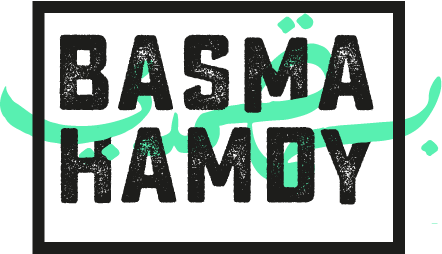
The Arabic Language as Creative Resistance
Street Art of Resistance
by
Published by
Palgrave Studies in Creativity and Culture
The book is available on amazon!
This book explores how street art has been used as a tool of resistance to express opposition to political systems and social issues around the world. Aesthetic devices such as murals, tags, posters, street performances and caricatures are discussed in terms of how they are employed to occupy urban spaces and present alternative visions of social reality. Based on empirical research, the authors use the framework of creative psychology to explore the aesthetic dimensions of resistance that can be found in graffiti, art, music, poetry and other creative cultural forms. Chapters include case studies from countries including Brazil, Canada, Chile, Denmark, Egypt, Ireland, Mexico and Spain to shed new light on the social, cultural and political dynamics of street art not only locally, but globally. This innovative collection will be of particular interest to scholars of social and political psychology, urban studies and the wider sociologies and is essential reading for all those interested in the role of art in social change.
Chapter: The Arabic Language as Creative Resistance
Arabic is a powerful and complex language bearing an enduring significance on the collective identity of the Middle East. The symbolic attributes of the Arabic language, which are as significant as its communicative function, are particularly significant in a dissipated globalized world where the weakened connection between culture and place leads to deterritorialization. Like other languages, Arabic contributes to the imagined bond between individuals uniting them symbolically with a community across borders and nations.
This chapter attempts to investigate the Arabic language and its role as a symbol of power and identity, connecting together a number of creative manifestations that utilize Arabic as a tool of resistance. The majority of the projects discussed are fairly recent, created in the years following the Arab Spring. As a result, they cannot be fully appreciated without highlighting some of the historical conditions and developments that affected the Arabic language in the region and beyond; in particular, Arabic’s association with colonialism, Arab nationalism and Islamic fundamentalism.

